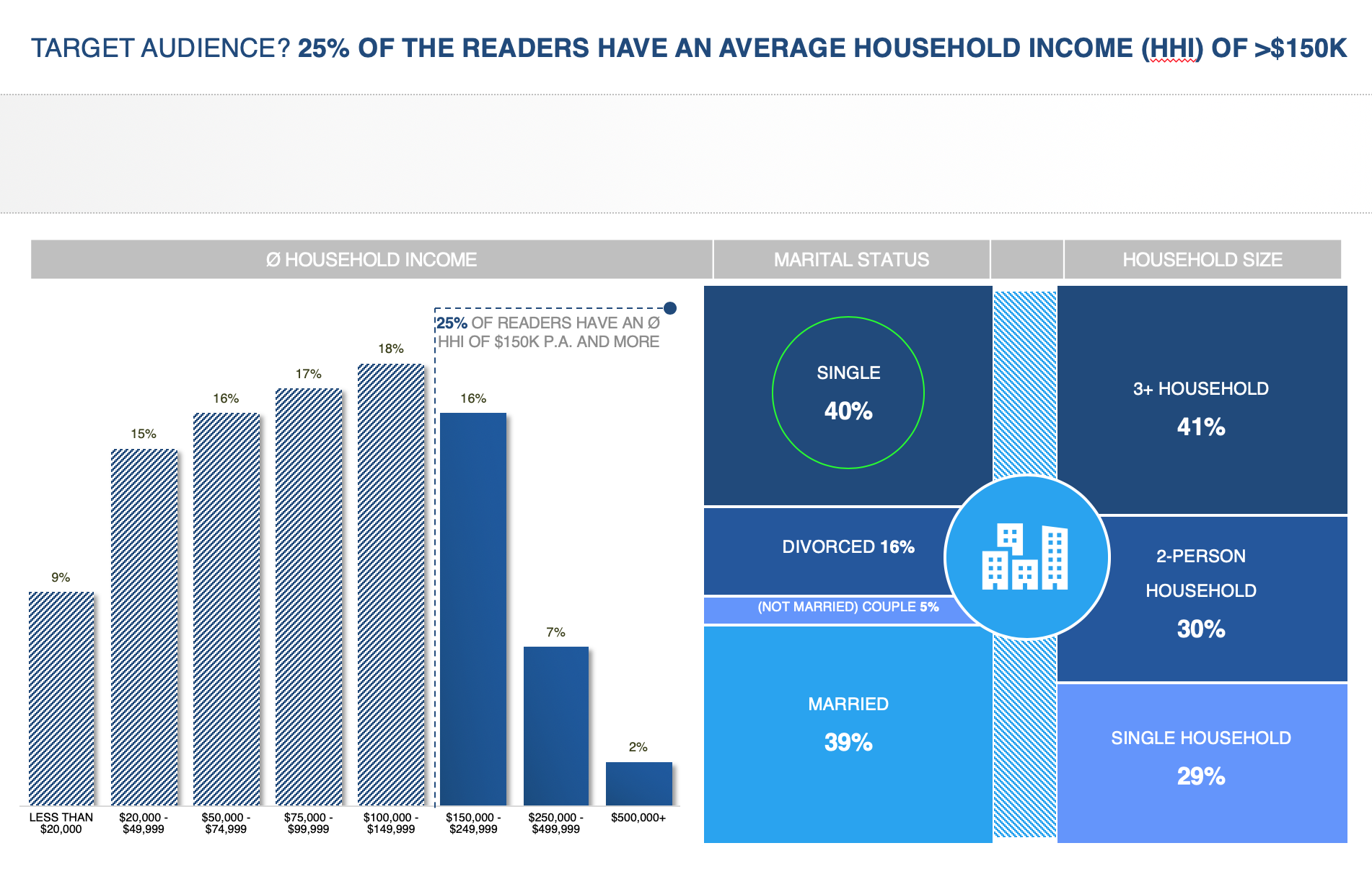
[Editor’s Note: Part II of II. Part I of this series appeared in the September 2019 edition of PRNEWS.]

Tracking reach, frequency, message penetration and sentiment with existing methods provides meaningful guidance for planning and continuous improvement. Yet, new, supplemental approaches promise to revolutionize PR. The spark for this uprising is attribution analysis.
For years, marketers have applied attribution analysis to assess the impact of their digital campaigns. They have assigned credit for every successful marketing interaction from awareness, engagement, lead acquisition to, ultimately, a successful sale. Understanding how one’s PR activities move a prospect down the funnel is critical in today’s multi-faceted business-accountability environment.
Attribution analysis applies an invisible watermark to every digital news item covering your company, brand and product. The watermark is indelible, so the technology follows an individual reader from the news page to your website, or that of your competitors.
Once on your website, the technology identifies every level of interaction: the reader focused on the “About Us” section, or downloaded an order form or application. For e-commerce sites, one can attribute a sale to an individual news or feature item.
Besides delivering a highly accurate, validated number of individuals that clicked on your news or feature story and engaged with your website, the underlying technology allows for another layer of demographic and firmographic information based on a robust relationship with Ad-Tech networks. As such, the communicator can describe the interested party by age, gender, annual income, net worth, education level and more.
And for B2B communicators, there’s a layer of firmographic data to help you categorize the type of company employing the individual. Criteria include the industry (food services, manufacturing, telecom, etc.), size and role within the company (C-suite, SVP, manager, etc.).

Applications for Better Decisions
Rather than making traditional approaches to media analysis and evaluation obsolete, the new technology builds upon an existing foundation. A complete earned media analysis program now looks like this:
• Quantitative Measures: Frequency (number of news stories and social posts) and Reach (circulation/audience/followers/likes, etc.).
• Qualitative Measures:Sentiment/tone, intended/unintended corporate and brand reputation messaging, spokespeople, influencers, issues, etc.
• Comparative Measures: Performance over time against objectives and versus competitors/peers.
• Attribution Measures:The new essential element: digital earned media clicks and click-throughs, image views, video plays, document opens and downloads, audience demographic/firmographic profiling and segmentation, and conversion from reading a news item or post to downstream activity, including shopping cart/revenue and lead generation.
Insights to Navigate and Win
These four data sources provide the basis for expert analysts to uncover insights and strategic guidance that communicators need to navigate and win. This combination of technology and talent provides communicators with the facts they need to relay PR performance to executives. The objective, of course, is to show generation of a positive return on PR investment by connecting PR results to the sales funnel.
The most common applications for research and data in PR are to assess program performance after-the-fact: The campaign is completed, and a performance report is how most communicators represent the success of their initiative. While attribution analysis represents a significant advancement for earned media evaluation, it provides invaluable guidance throughout the communications cycle:
Landscape Analysis: Begin your campaign by assessing your brand’s position within its competitive and regulatory environment by exploring demographics and media penetration among target audiences.
Objectives Setting: Set more meaningful goals by including specific audience segmentation targets. Beyond quantitative, qualitative and competitive, identify PR contribution goals for every stage in the sales funnel.
Strategy Development: Use attribution to specify which media and messages generate the most interaction among target audiences. Apply this data in creating a framework based on “what works,” rather than conventional wisdom.
Tactics/Campaign Design and Execution: Attribution analysis indicates the events and themes that drive bursts of measurable response within the sales funnel.
Evaluation:Assess your contribution to revenue generation after each campaign or as part of the monthly or quarterly review. Align your performance with marketing and sales to demonstrate PR’s ability to elevate the enterprise.
Continuous Improvement: Apply what one learns to refine programs over time, compared to objectives, competitors and what drives the most meaningful response.
Attribution Case Study
A luxury car brand recently launched a high-performance vehicle to much media fanfare. The content analysis of traditional and social media quantified the degree to which the media viewed the new car in a positive light. Media coverage was positive across all channels but – more important – the attribution analysis confirmed that the number of people who clicked on the article and then proceeded to search the automaker’s website was three times more effective than Google display ads.
It also was slightly more than twice as effective when compared to Facebook ads. In addition, the people who clicked through matched the intended demographic.
In this way, PR generated better results than digital advertising at a small fraction of the cost. What is more, the new car reviews reside on the internet for interested parties to review when considering their next car purchase.
Finally, the PR team shared its attribution data with marketing to enable a more holistic view of which marketing and communications elements had a particular effect on a specific audience. In this way, PR data was integrated into the company’s big data analysis to properly quantify PR’s unique contribution to sales.
Conclusion
Today, it seems everyone in PR has a real-time tool, and everyone has data … too much data. What PR pros need is a better way to think about data. They also need a more efficient way to manage tools. In addition, they require the flexibility to assemble the right data at the right time.
The combination of advanced technology and the talent to optimize these tools with category expertise and statistical acumen achieves the outcomes communicators need. This includes useful insights and integrated data to quantify PR’s ability to align with other business data streams. In addition, it means isolating communicators’ unique contribution to business success.
CONTACT: weiner@prime-research.com
